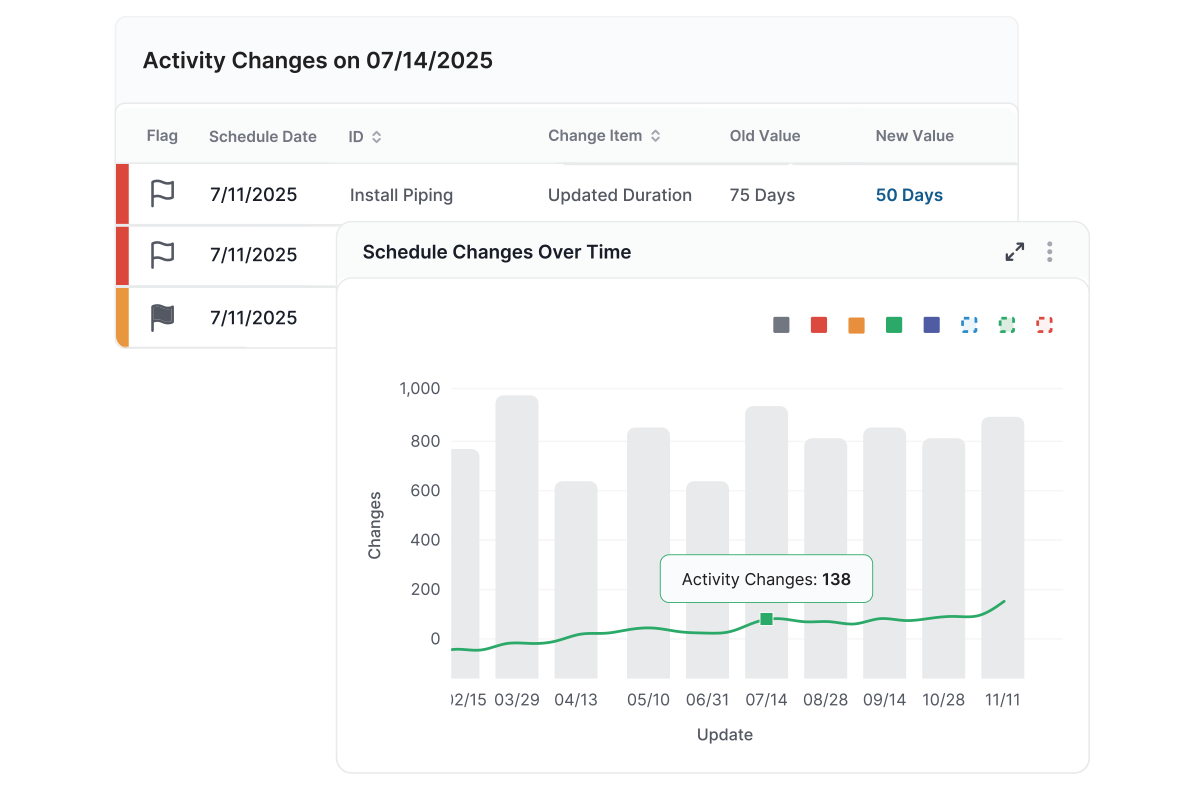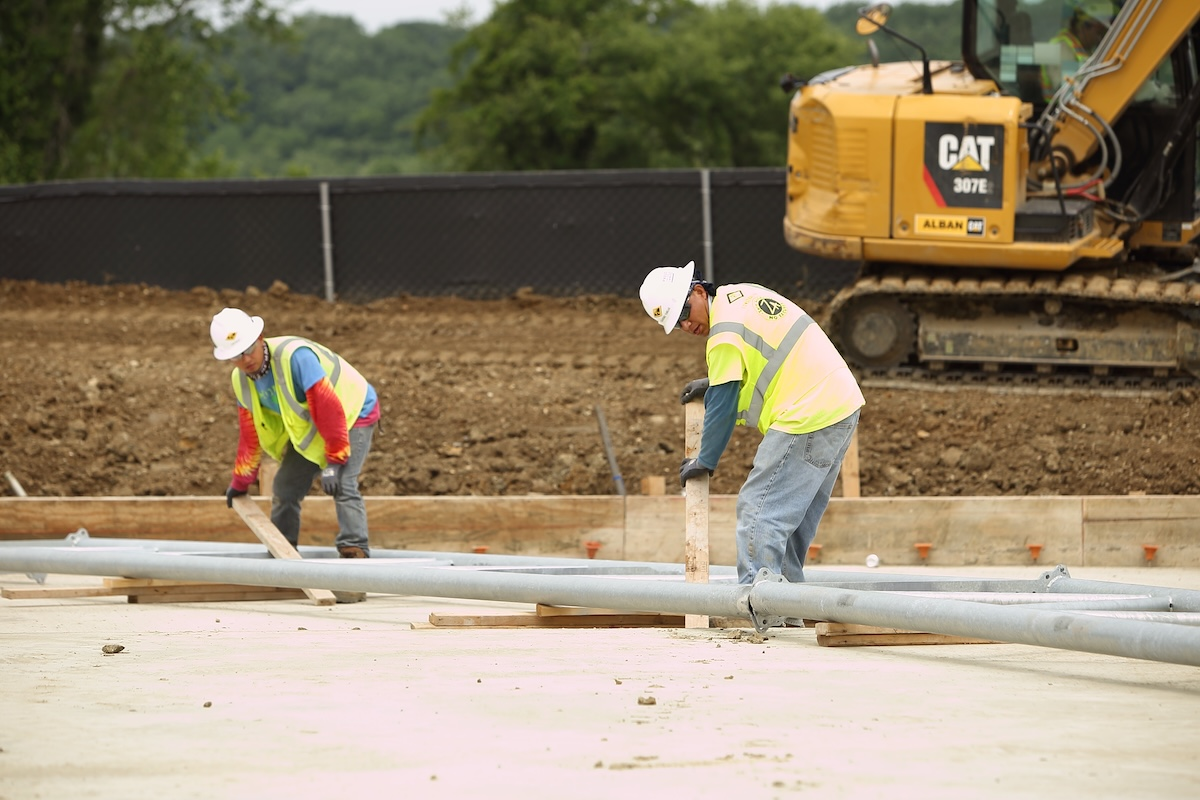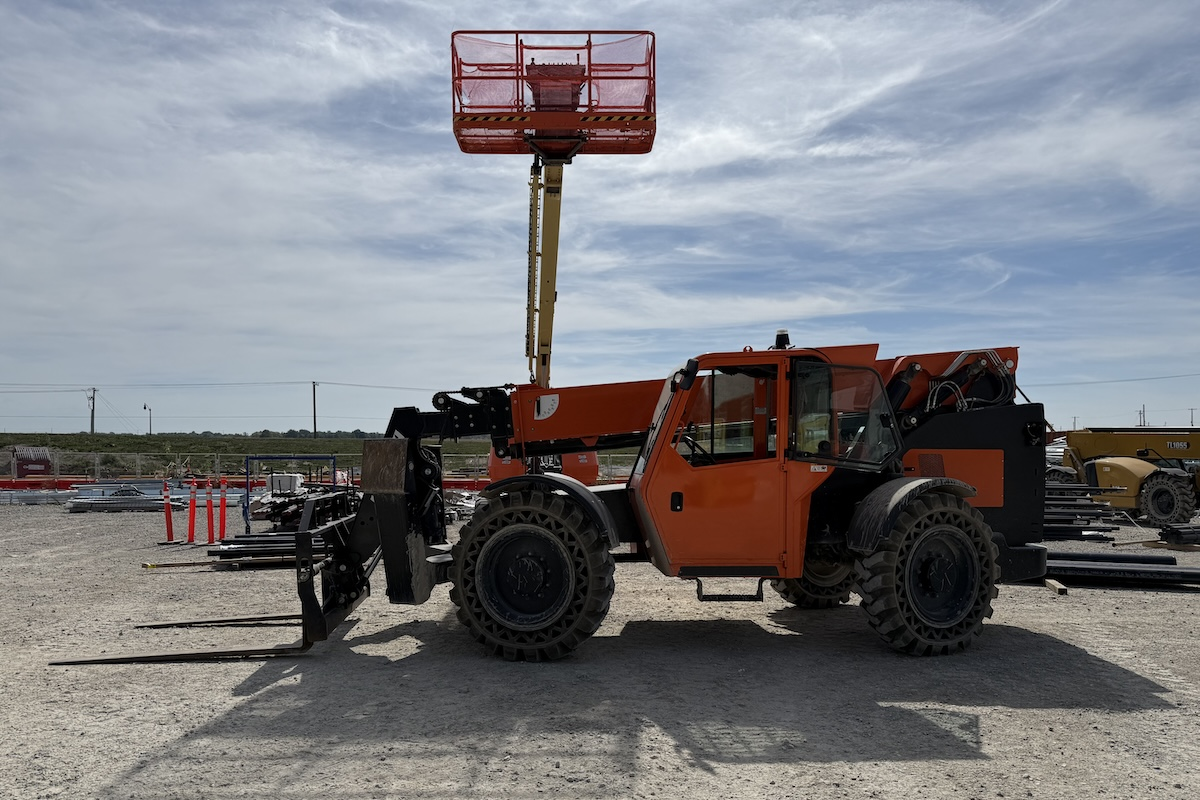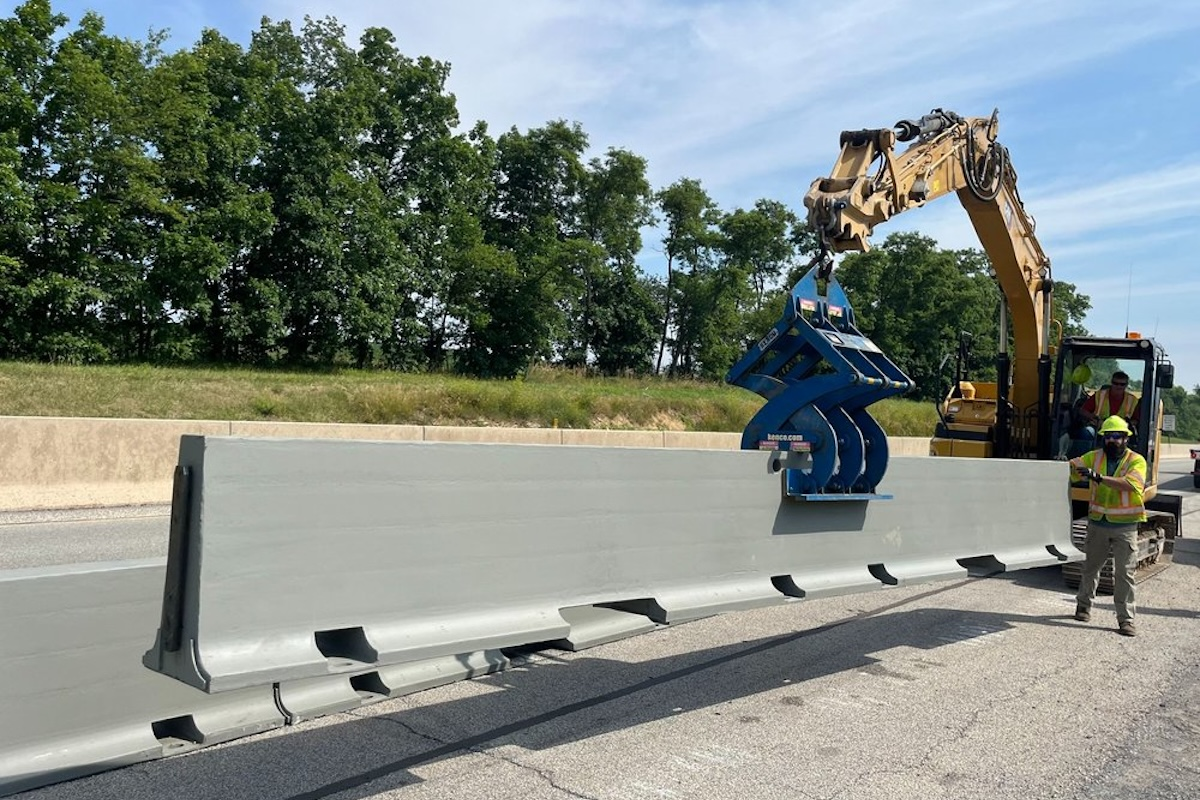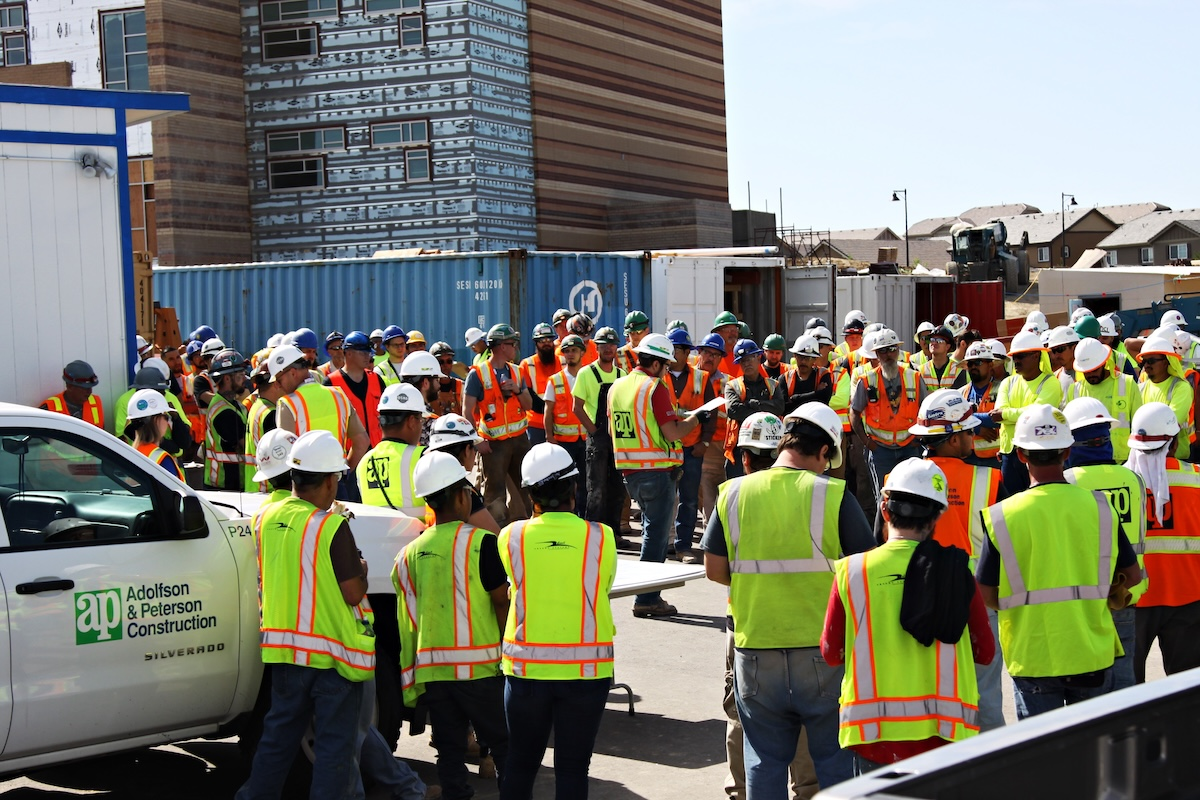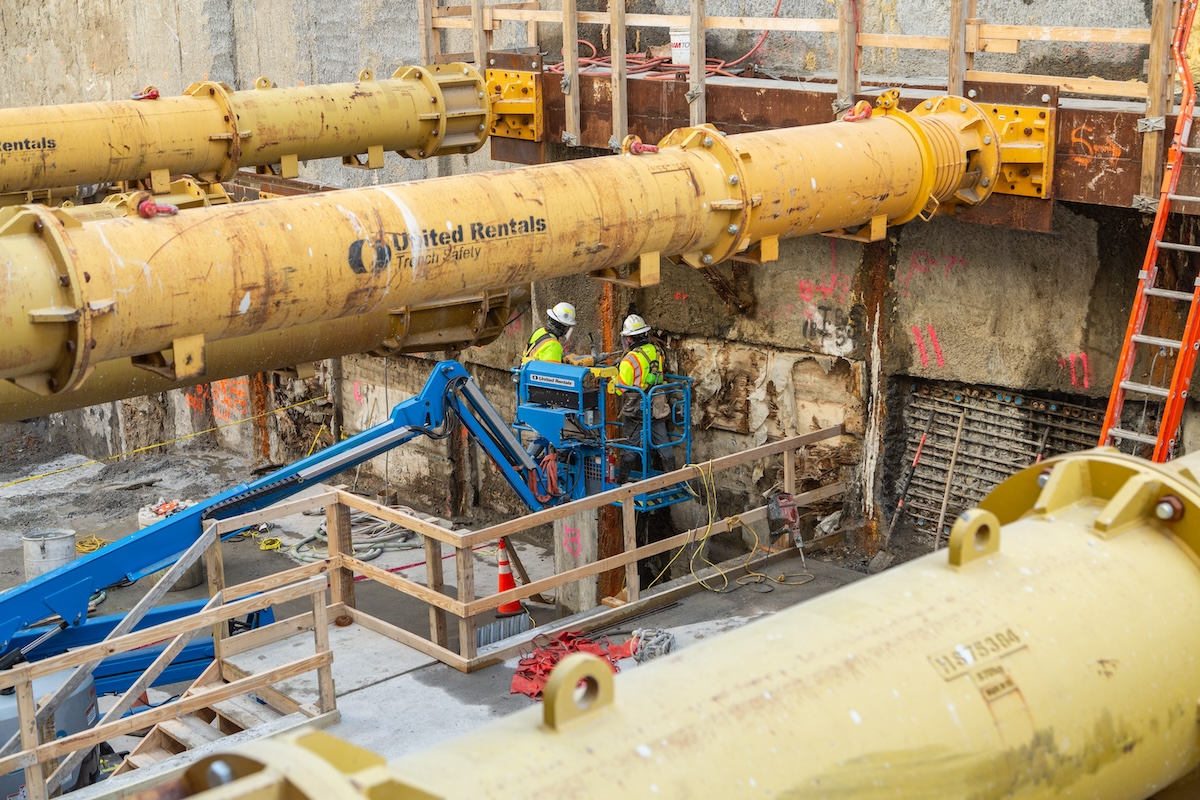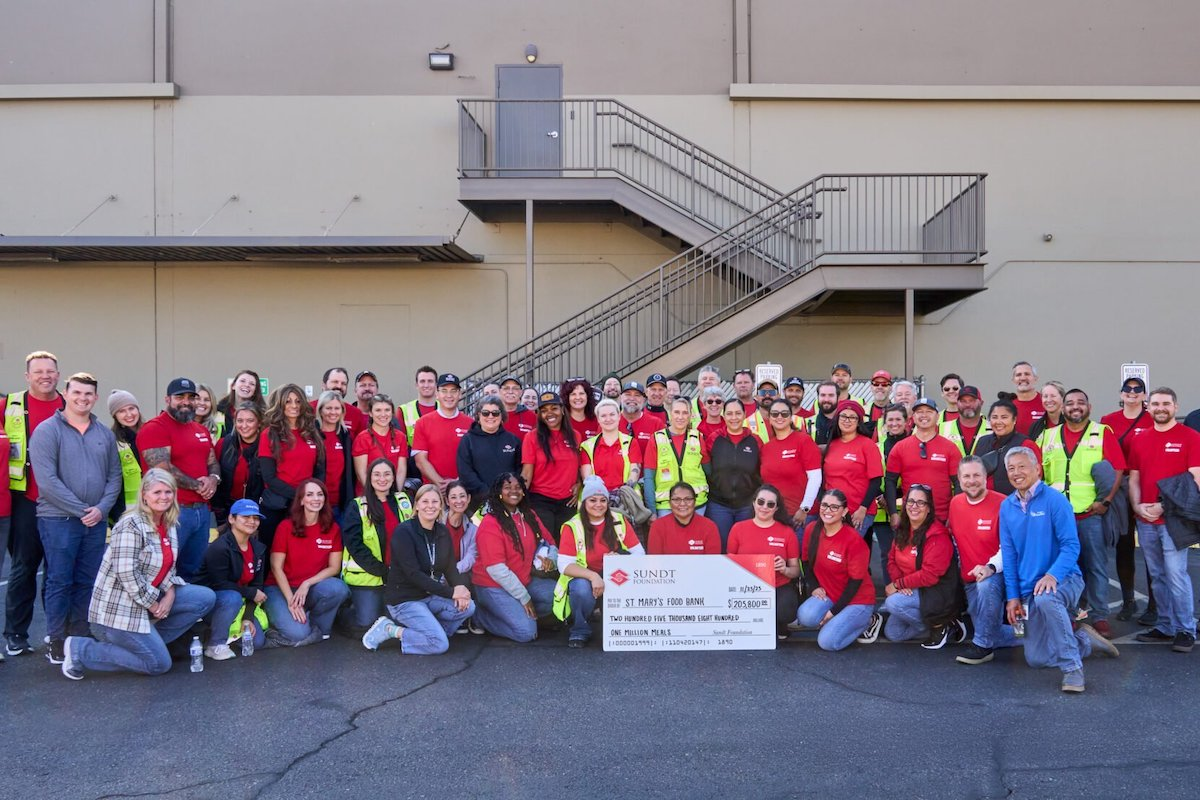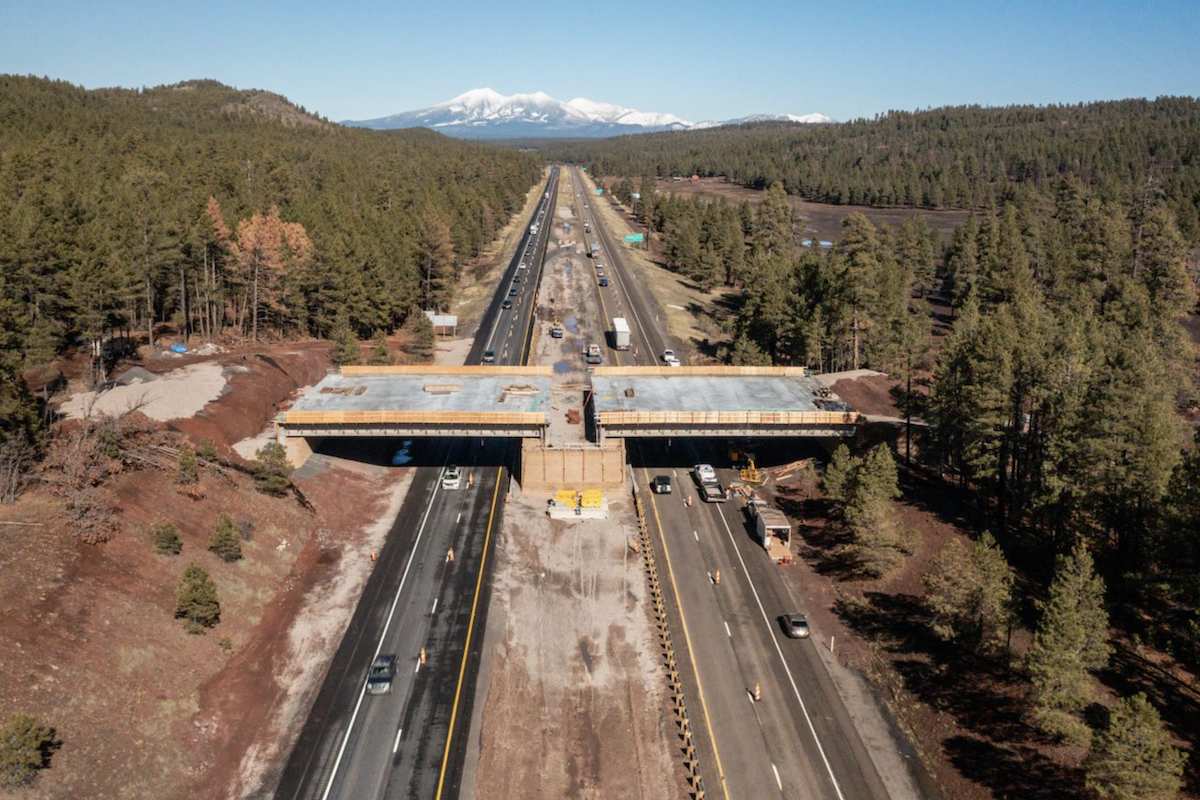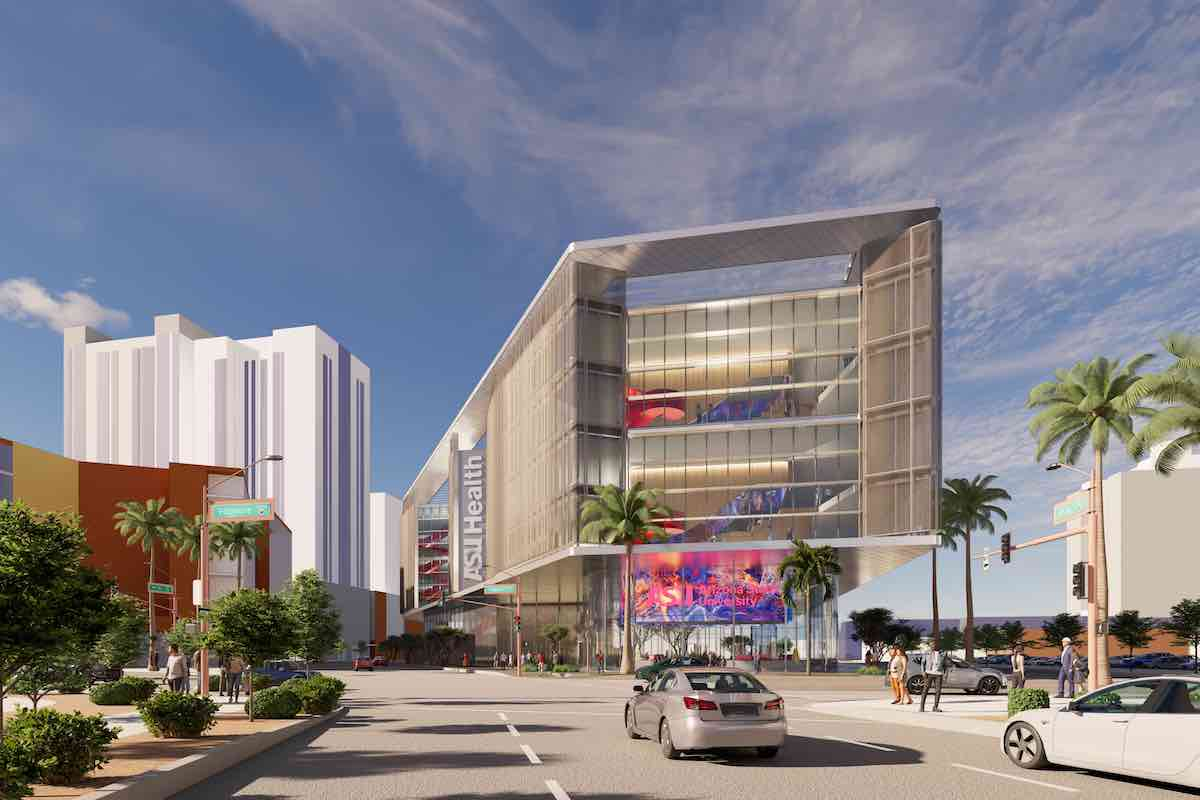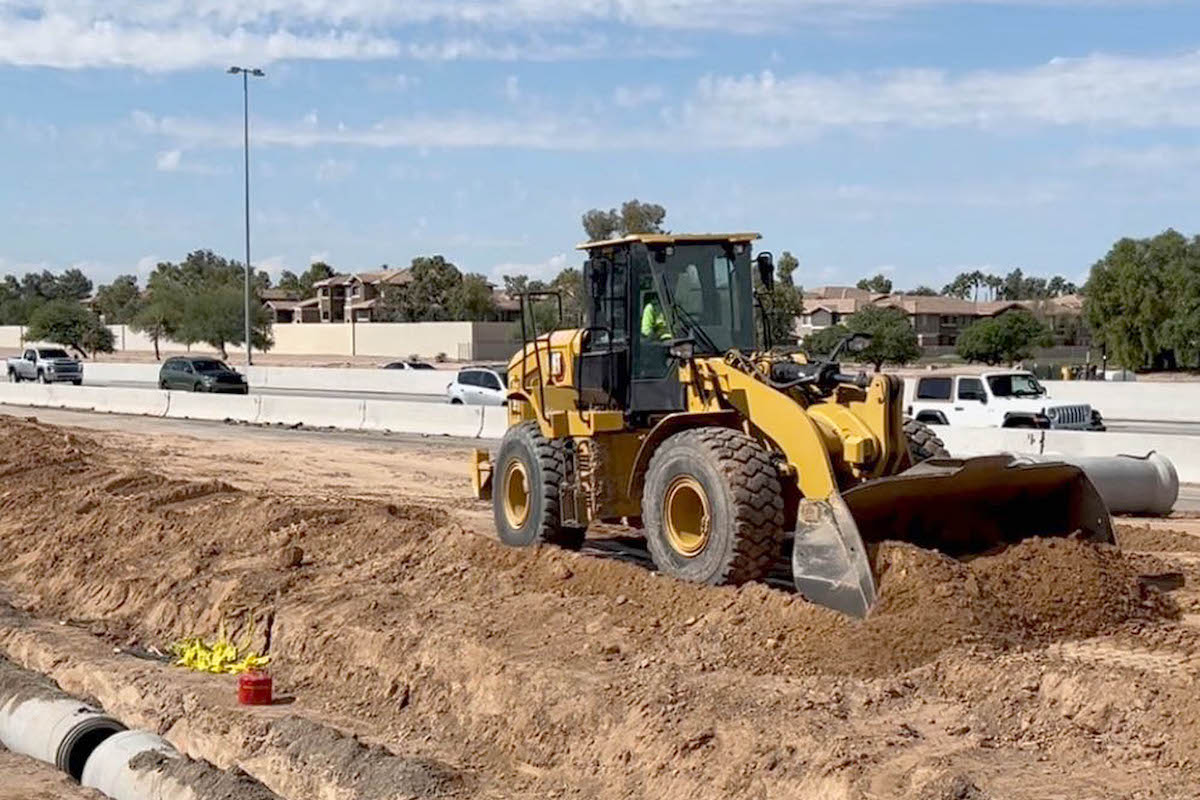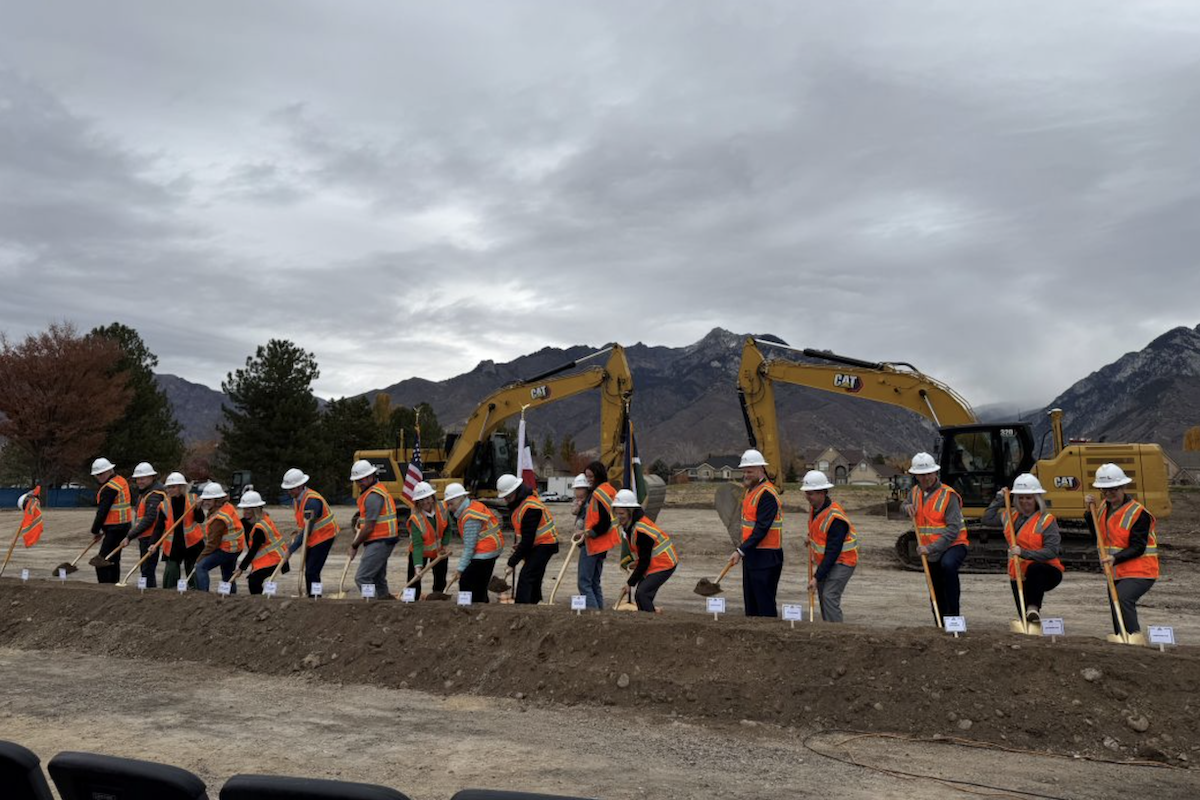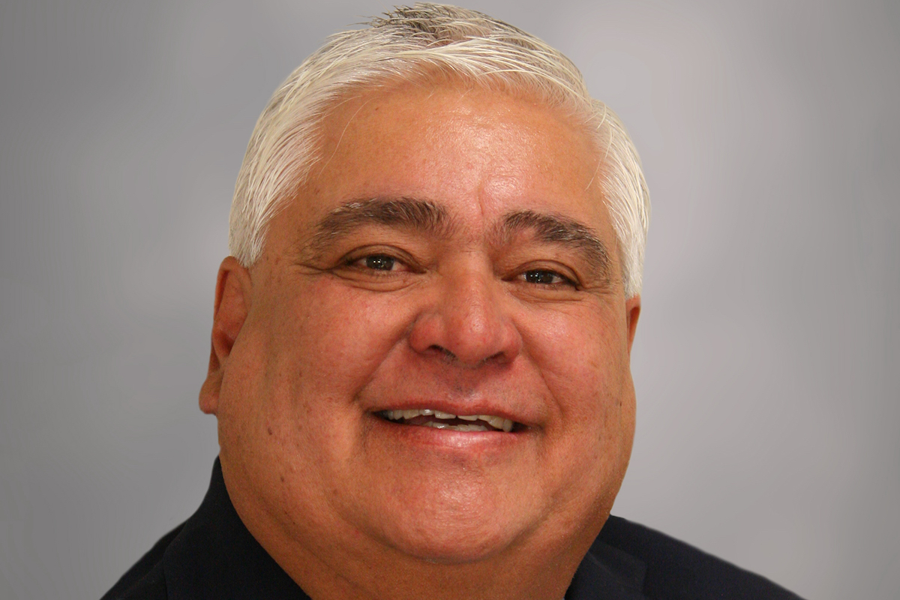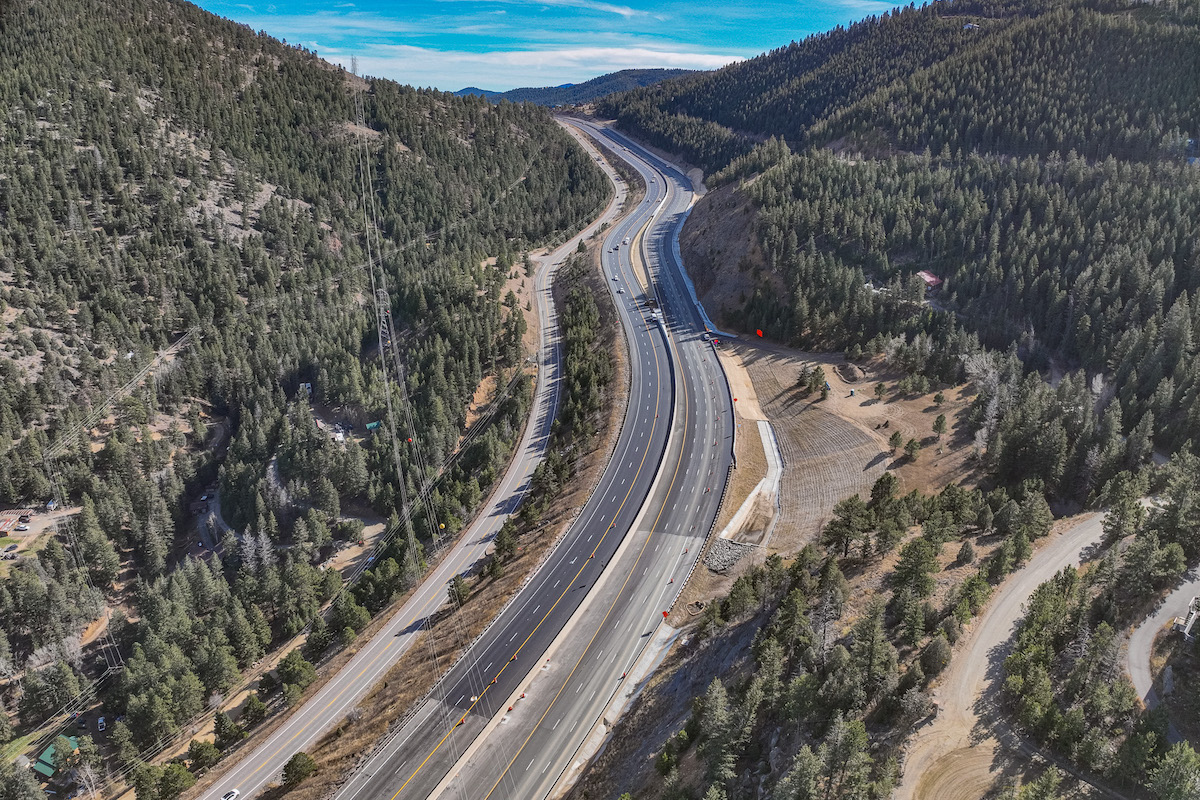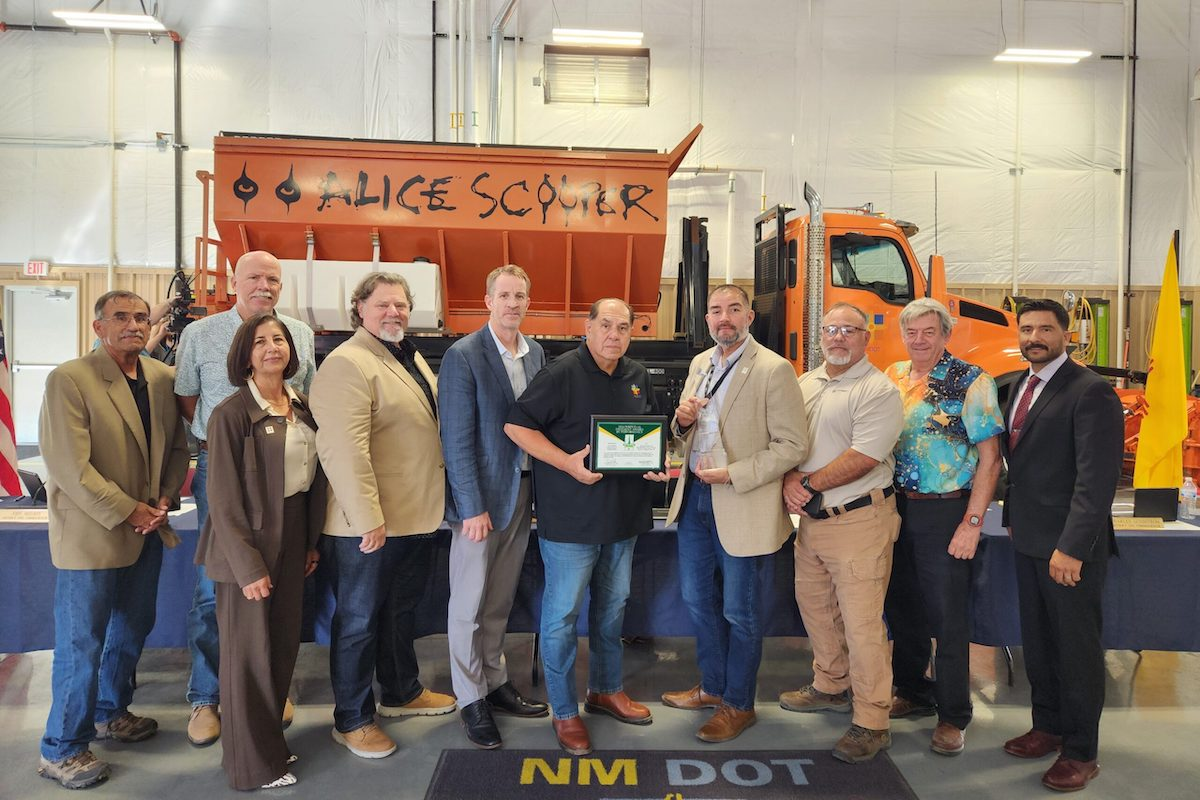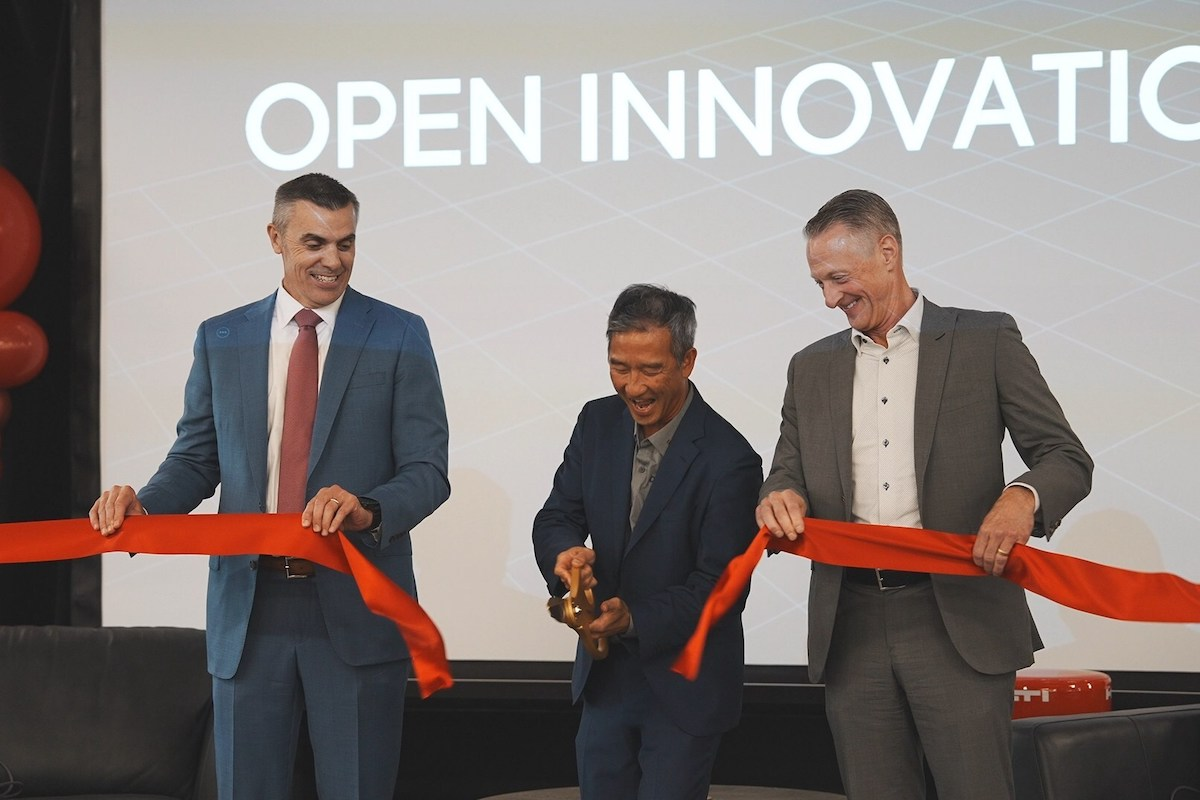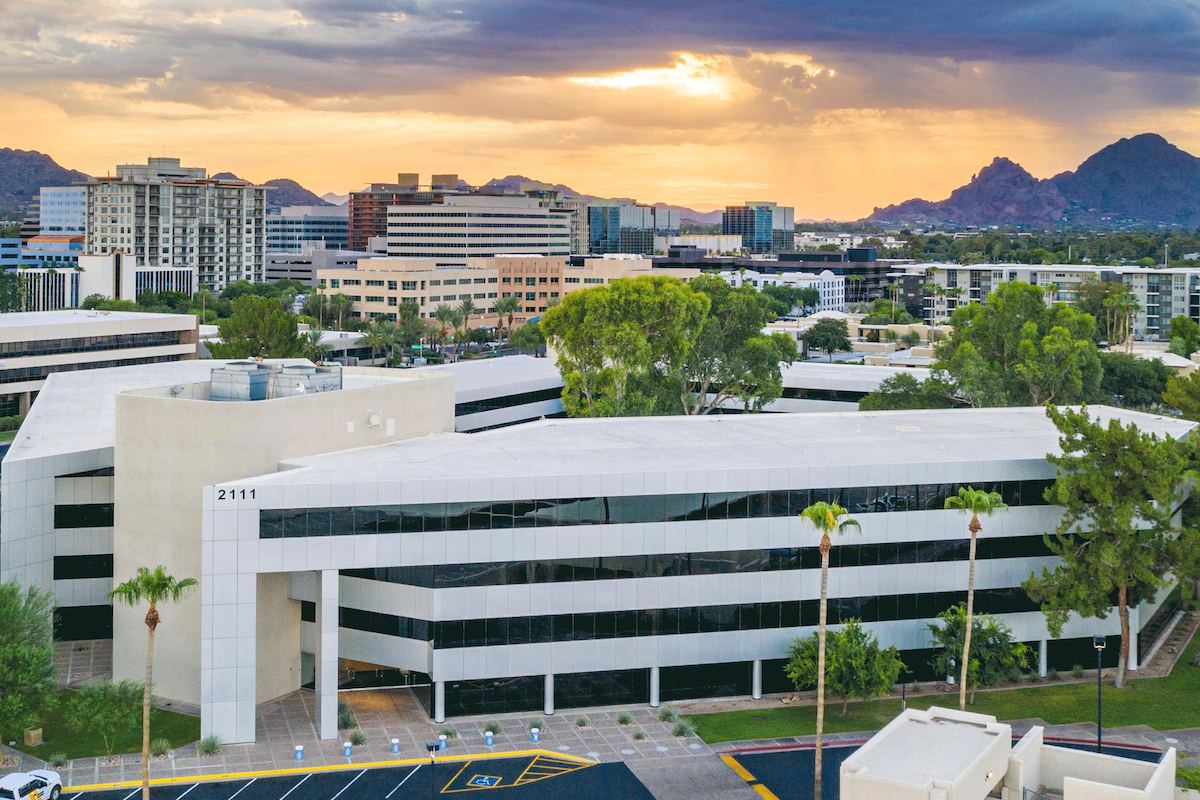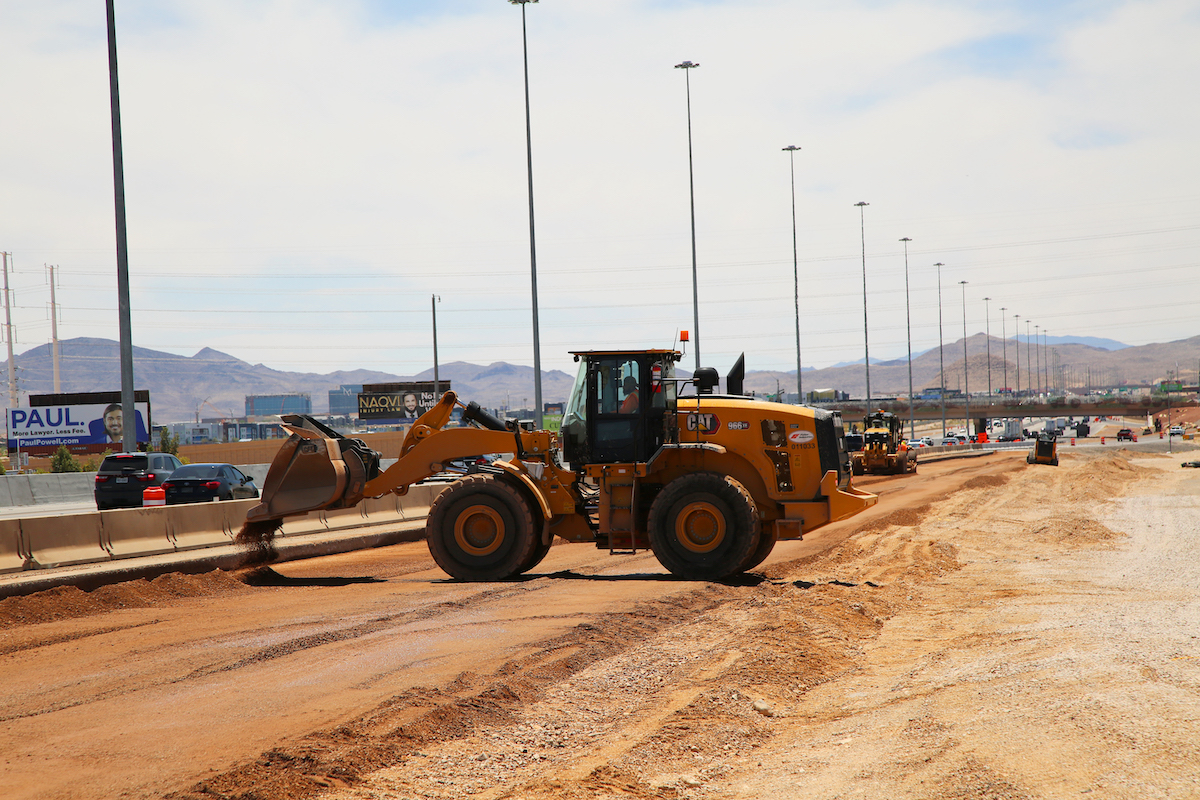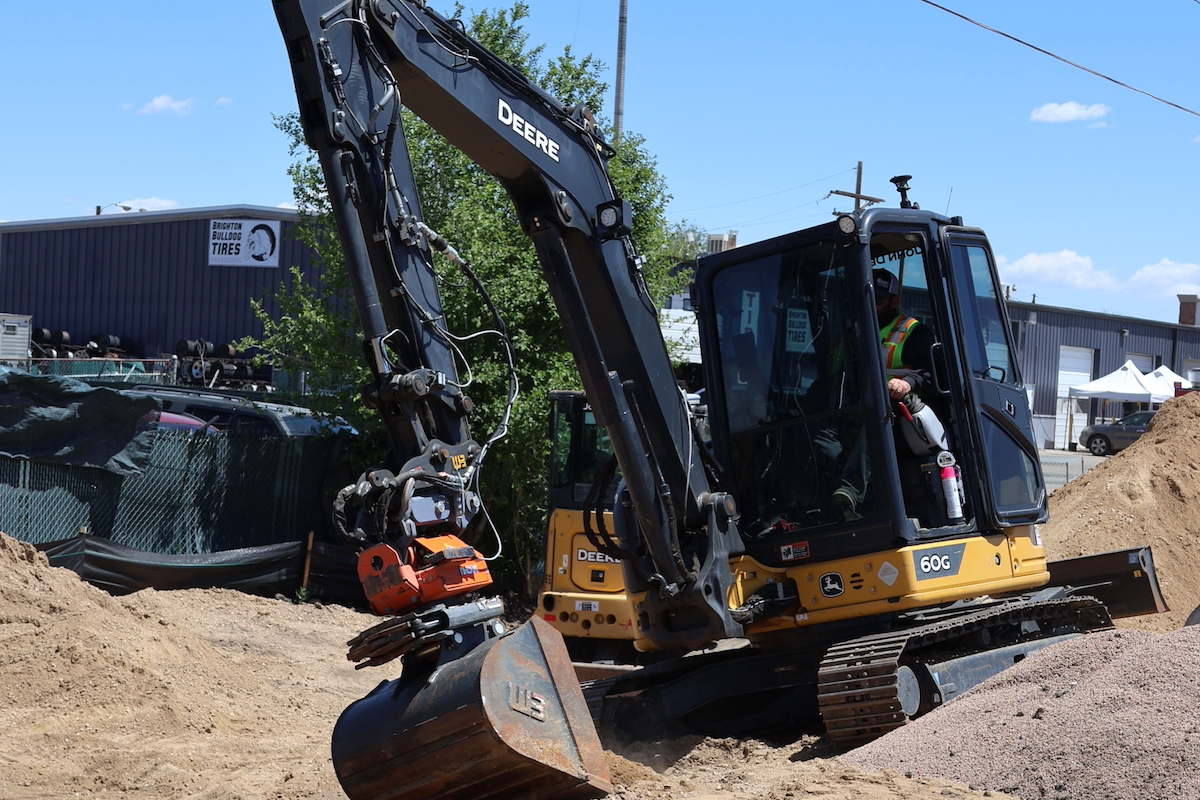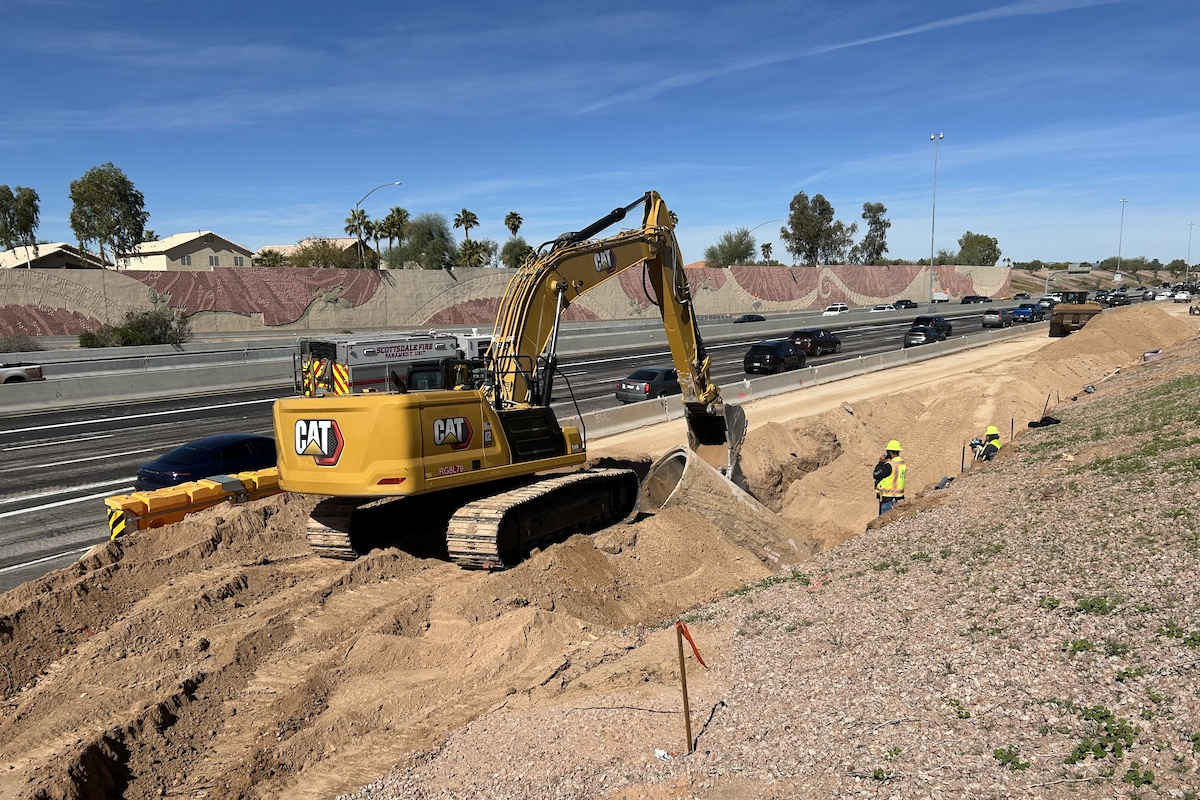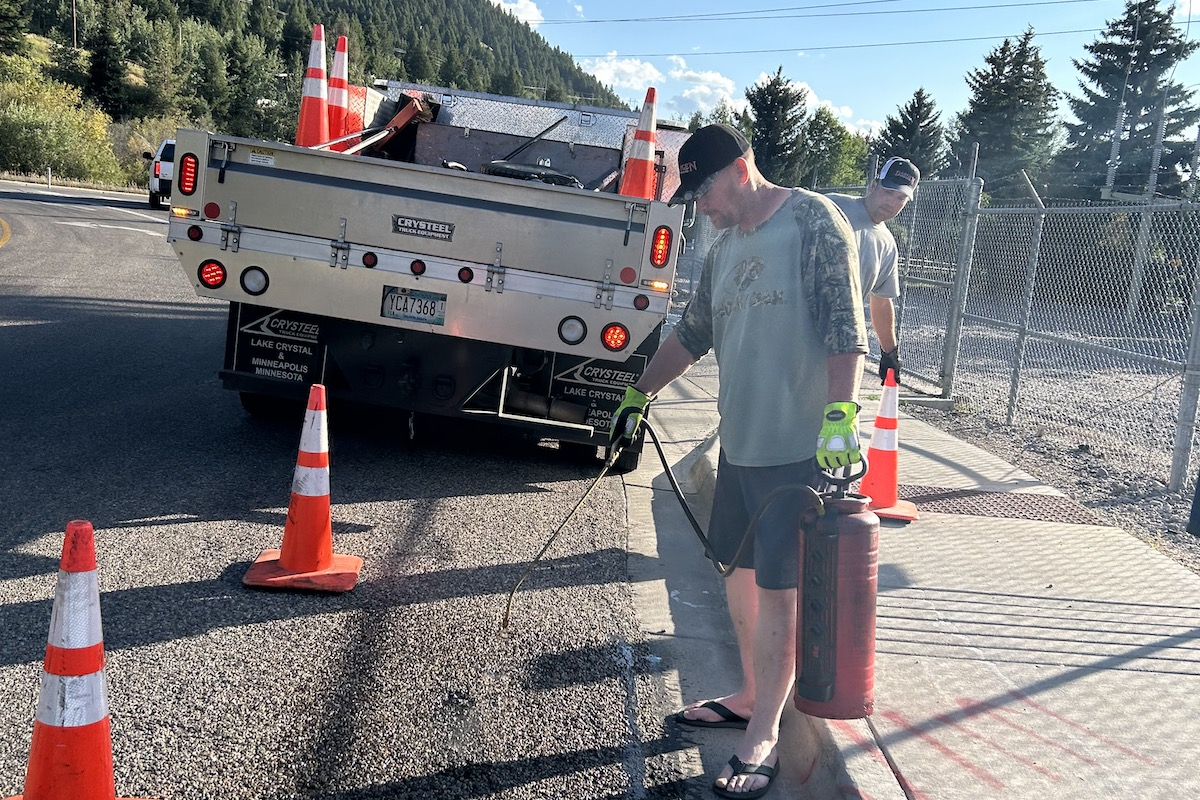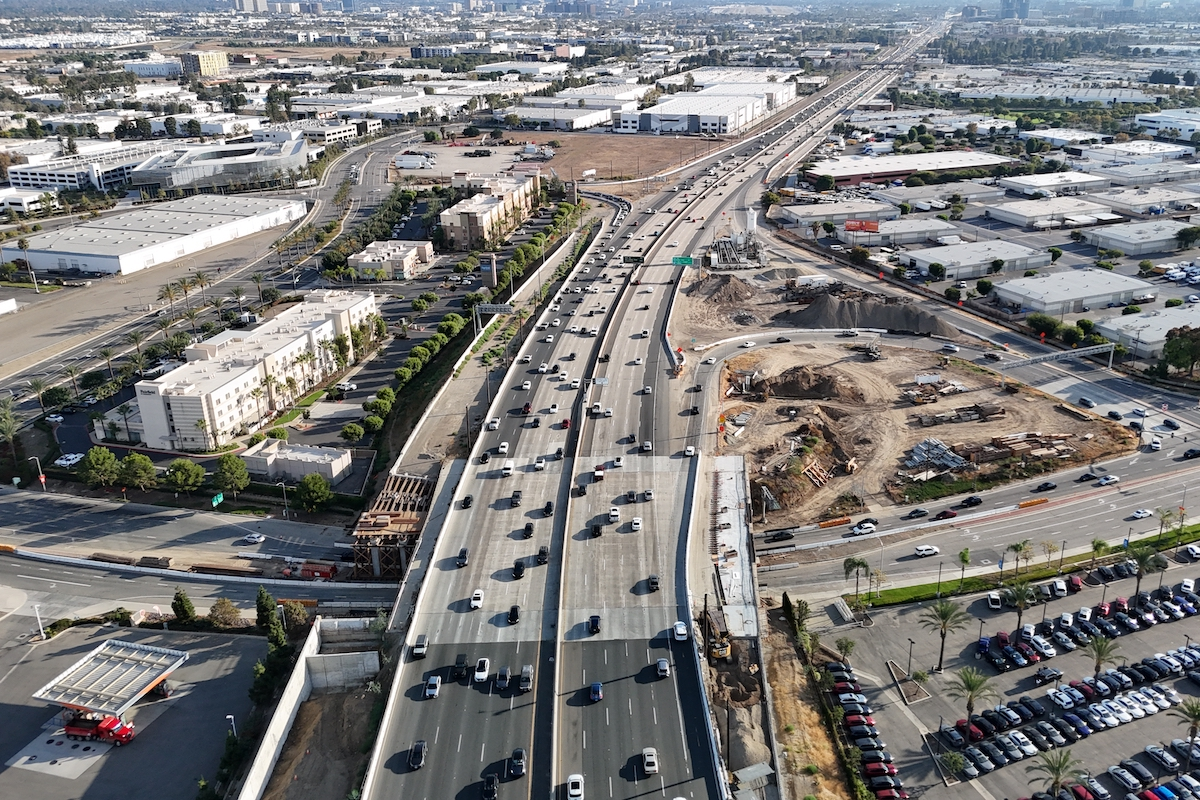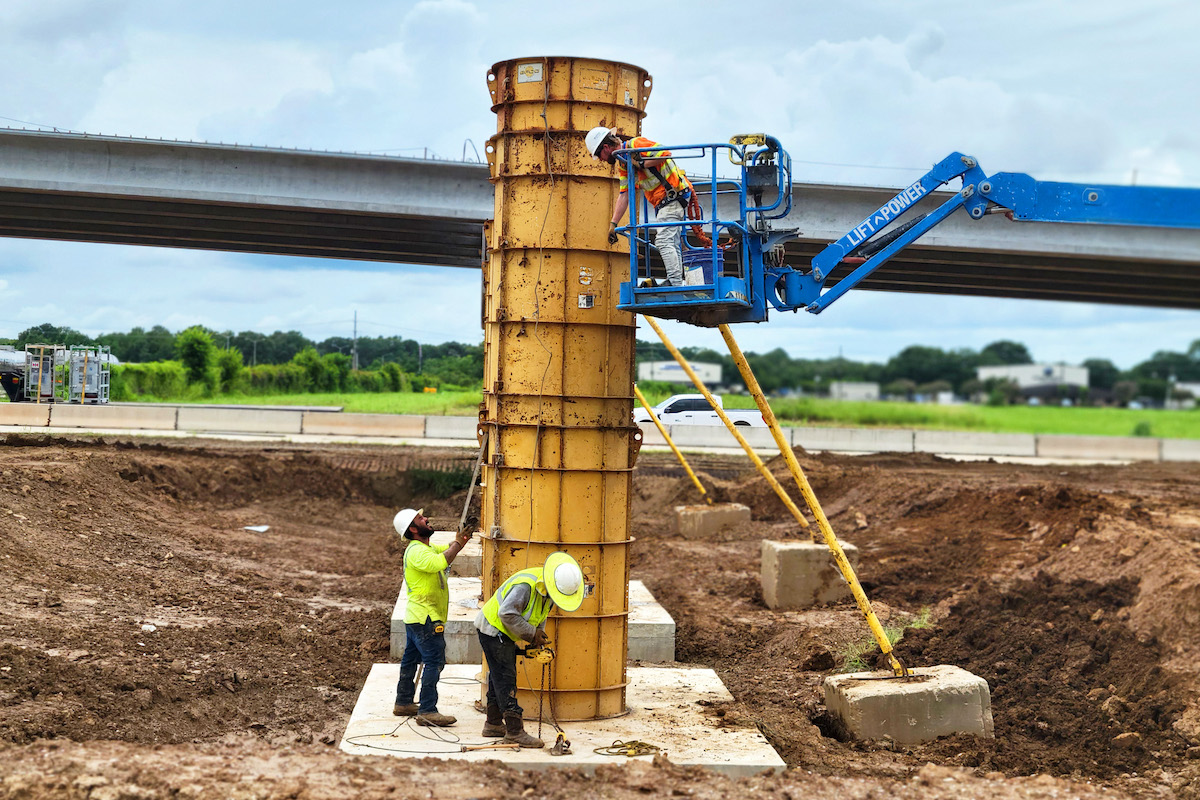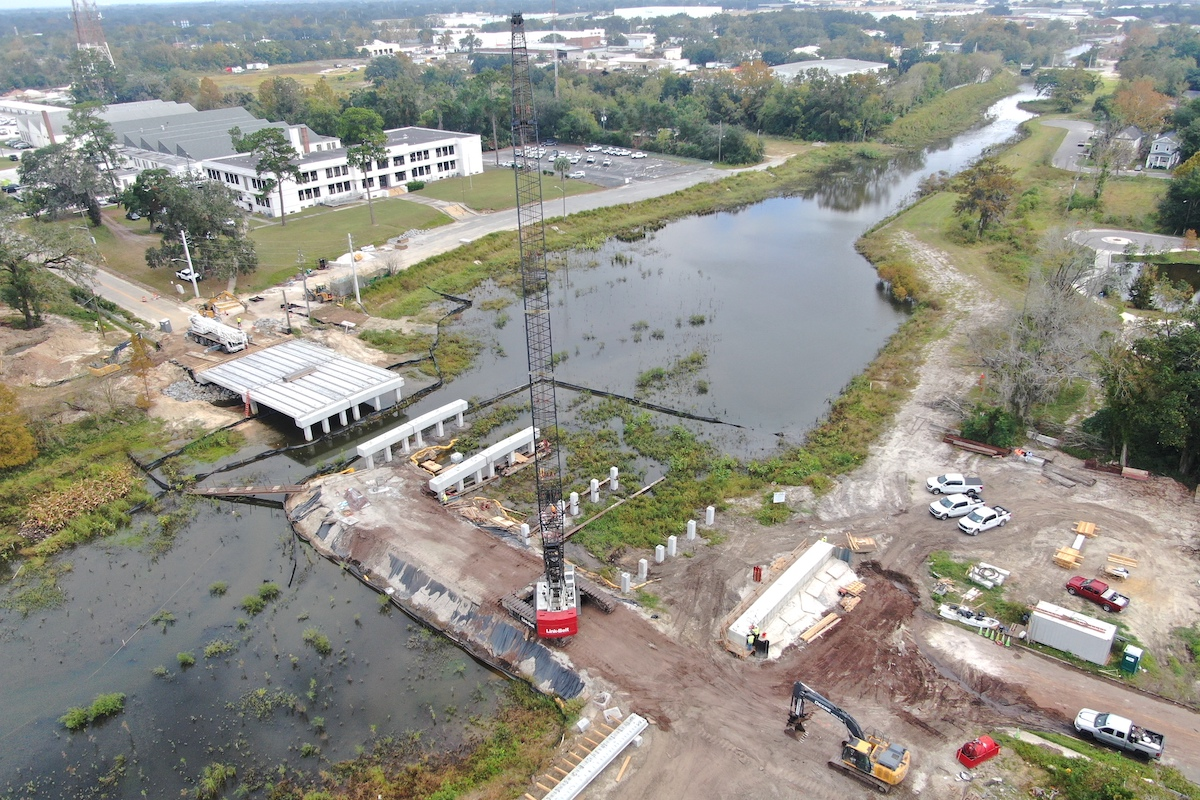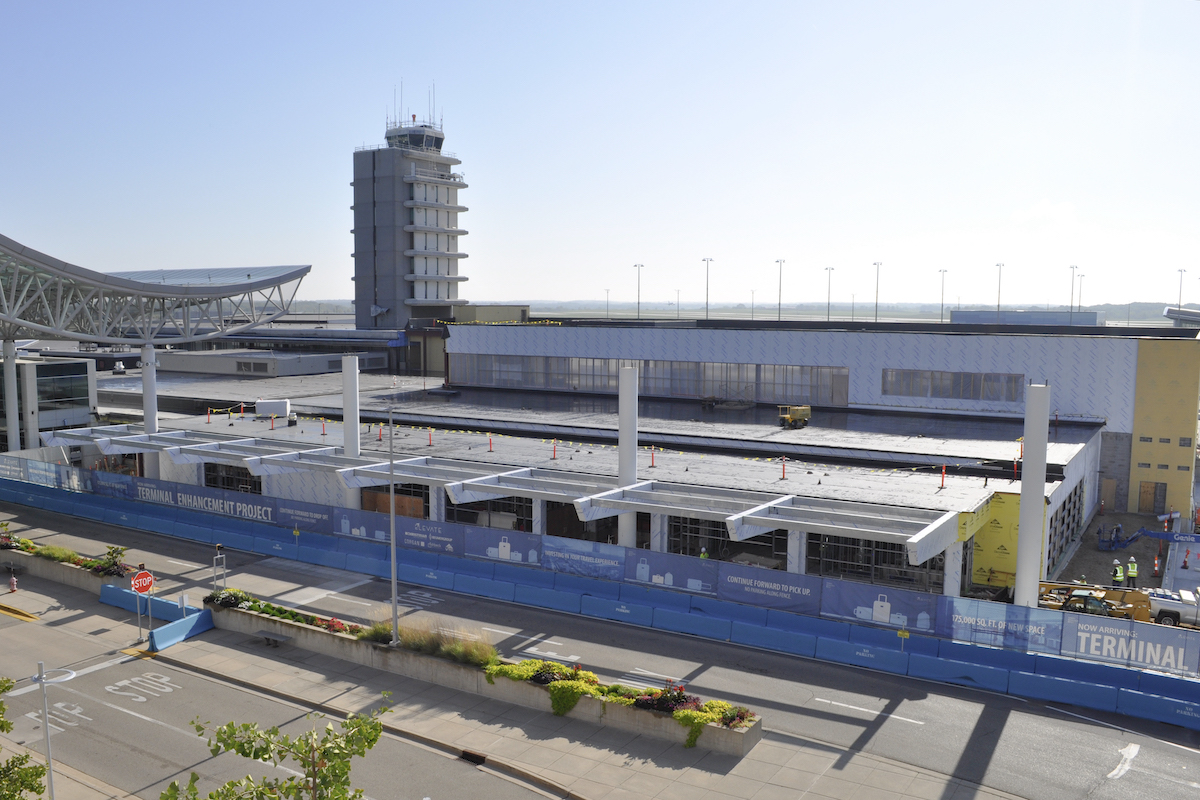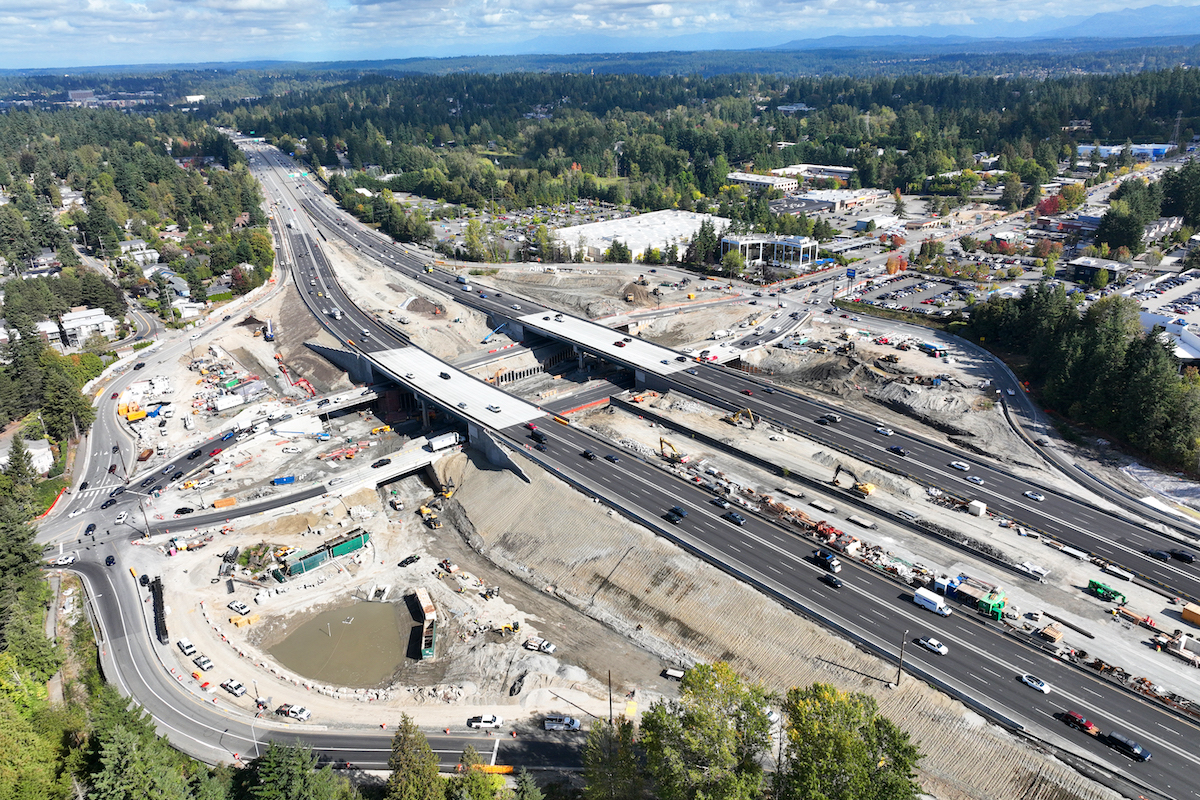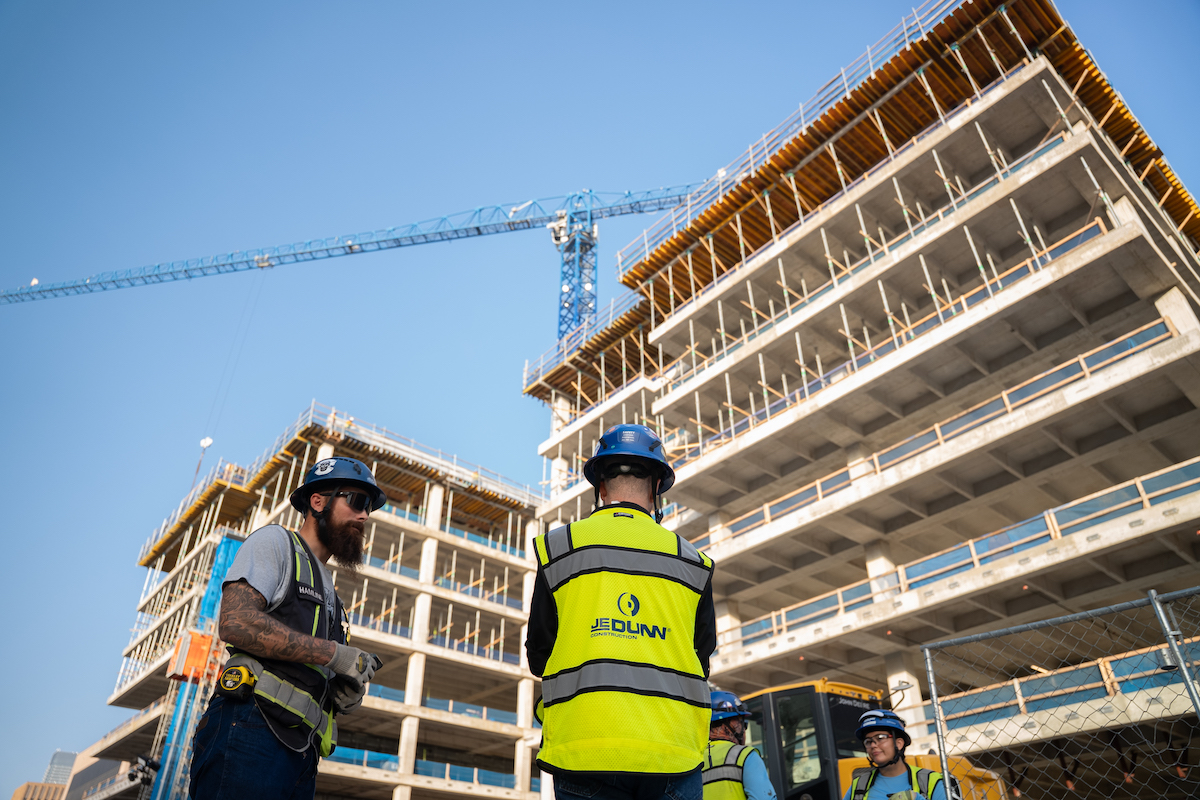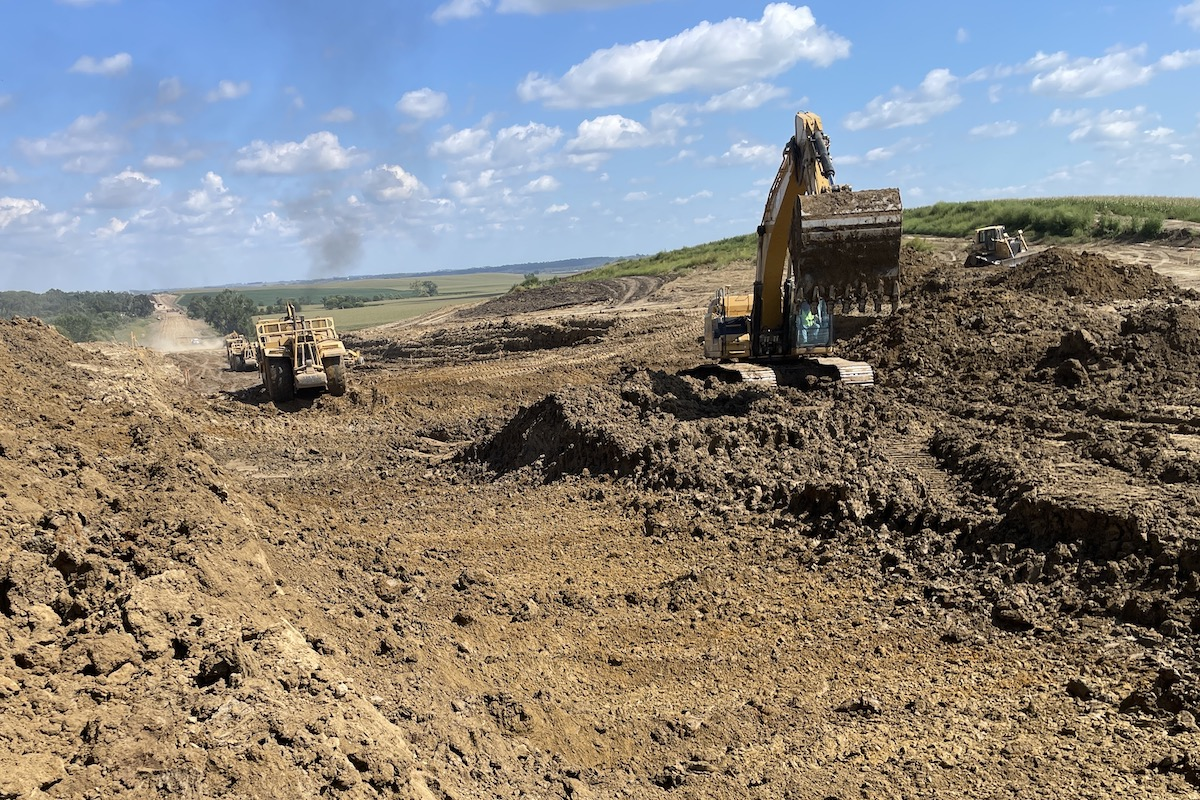DENVER, CO — Roads and bridges that are deteriorated, congested, or lack some desirable safety features cost Colorado motorists a total of $11.4 billion statewide annually — as much as $3,060 per driver in some areas — due to higher vehicle operating costs, traffic crashes, and congestion-related delays. A lack of adequate investment in transportation and increasing inflation in construction costs could hamper Colorado’s ability to make needed improvements to its transportation network, according to a new report released by TRIP, a Washington, D.C. based national transportation research nonprofit.
The TRIP report, “Keeping Colorado Mobile: Meeting the State’s Need for Safe, Smooth and Efficient Mobility,” finds that throughout Colorado, nearly a quarter of major locally and state-maintained roads are in poor condition, 5 percent of locally and state-maintained bridges (20 feet or more in length) are rated poor/structurally deficient, traffic congestion is choking commuting and commerce, and the state’s traffic fatality rate has increased significantly since 2019. Despite recent increases in state and federal transportation funding, the Colorado Department of Transportation (CDOT) projects a $350 million per year shortfall in funding needed to maintain and enhance the system.
The TRIP report includes statewide and regional pavement and bridge conditions, congestion data, highway safety data, and cost breakdowns for the Colorado Springs, Denver, Grand Junction, Northern Colorado, and Pueblo urban areas.
Colorado drivers lose a total of $11.4 billion per year in the form of extra vehicle operating costs as a result of driving on roads in need of repair, lost time and fuel due to congestion-related delays, and the costs of traffic crashes in which the lack of adequate roadway safety features, while not the primary factor, likely were a contributing factor.
Twenty-four percent of major locally and state-maintained roads and highways in Colorado are in poor condition. Driving on rough roads costs the average Colorado driver $831 annually in additional vehicle operating costs — a total of $3.7 billion statewide.

| Your local Bobcat dealer |
|---|
| Romco Equipment Co |
| Ditch Witch West |
| Faris Machinery |
Five percent of Colorado’s bridges (432 of 8,965 bridges) are rated in poor/structurally deficient condition, meaning there is significant deterioration of the bridge deck, supports, or other major components. Sixty percent of the state’s bridges are rated in fair condition, and the remaining 36 percent are in good condition. Most bridges are designed to last 50 years before major overhaul or replacement, although many newer bridges are being designed to last 75 years or longer. In Colorado, 30 percent of the state’s bridges were built in 1969 or earlier.
Congested roads choke commuting and commerce and cost Colorado drivers $4.8 billion each year in the form of lost time and wasted fuel. Due to the COVID-19 pandemic, vehicle travel in Colorado dropped by as much as 42 percent in April 2020 (as compared to vehicle travel during the same month the previous year). By 2024, vehicle miles of travel in Colorado had rebounded to 1 percent above 2019’s pre-pandemic levels.
Traffic crashes in Colorado claimed the lives of 3,394 people between 2019 and 2023. In the decade from 2013 to 2023, the number of traffic fatalities in Colorado increased 49 percent and the state’s fatality rate per 100 million vehicle miles traveled increased 27 percent. In recent years, the number of traffic fatalities in Colorado has increased each year from 2019 to 2022 before falling slightly in 2023. Traffic crashes imposed a total of $8.8 billion in economic costs in Colorado in 2022, and traffic crashes in which a lack of adequate roadway safety features, while not the primary factor, were likely a contributing factor, imposed $2.9 billion in economic costs. Nationwide, traffic fatalities began to increase dramatically in 2020 even as vehicle travel rates plummeted due to the COVID-19 pandemic, and the number of fatalities continued to increase in 2021. The number of fatalities in Colorado increased 21 percent from 2019 to 2023, from 597 to 720, while the state’s fatality rate per 100 million vehicle miles of travel increased 19 percent between 2019 and 2023, from 1.09 to 1.3.
Improvements to Colorado’s roads, highways, and bridges are funded by local, state, and federal governments. State funding for transportation increased in 2021 when Colorado’s legislature approved SB 260, which is projected to provide approximately $5.3 billion in transportation infrastructure investment over 10 years. Despite recent increases in state transportation funding, CDOT estimates show a shortfall of $350 million per year in funding needed to maintain and enhance the system, with needed improvements to pavements and maintenance of the system making up $284 million of the total shortfall.

| Your local Gomaco dealer |
|---|
| Faris Machinery |
| Tri-State Truck & Equipment Inc |
In addition to state transportation funding, the Infrastructure Investment and Jobs Act, signed into law on November 2021, will provide $3.7 billion in federal funds to the state for highway and bridge investments in Colorado over five years, representing a 31 percent increase in annual federal funding for roads and bridges in the state over the previous federal surface transportation program.
The ability of revenue from Colorado’s motor fuel tax — a critical source of state transportation funds — to keep pace with the state’s future transportation needs is likely to erode as a result of increasing vehicle fuel efficiency, the increasing use of electric vehicles, and inflation in highway construction costs. The Federal Highway Administration’s national highway construction cost index, which measures labor and materials cost, increased by 45 percent from the beginning of 2022 through the second quarter of 2024.
The efficiency and condition of Colorado’s transportation system, particularly its highways, is critical to the health of the state’s economy. In 2022, Colorado’s freight system moved 344 million tons of freight, valued at $326 billion. From 2022 to 2050, freight moved annually in Colorado by trucks is expected to increase 63 percent by weight and 104 percent by value (inflation-adjusted dollars). The design, construction, and maintenance of transportation infrastructure in Colorado supports approximately 77,000 full-time jobs across all sectors of the state economy. Approximately 1.1 million full-time jobs in Colorado in key industries like tourism, retail sales, agriculture, and manufacturing are dependent on the quality, safety, and reliability of the state’s transportation infrastructure network.
“Despite increased state and federal transportation funding in recent years, Colorado still faces a significant shortfall in funds needed to improve road and bridge conditions, ease congestion, and enhance safety,” said Dave Kearby, TRIP’s Executive Director. “It will be critical that the state adequately invest in its transportation network in order to provide a system that is smooth, safe, and efficient.”





